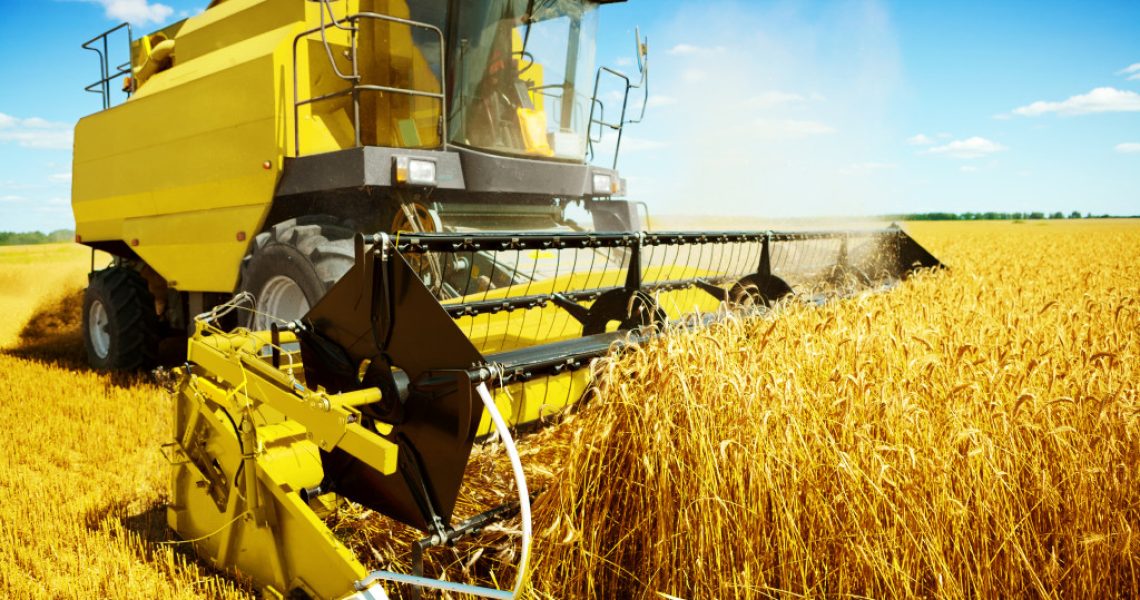- Agricultural automation optimizes crop production, balancing economic success and ecological responsibility.
- Automation enhances farming efficiency and productivity but faces challenges like expense, accessibility, and reliability.
- Various automation types exist, including precision agriculture, automated irrigation, harvesting, and sorting.
- Regular maintenance ensures the longevity and efficiency of automated farming tools.
- Farmers should evaluate their automation options based on ROI, sustainability impact, and successful examples of agricultural automation.
As the demand for sustainable agriculture continues to grow, many farming entrepreneurs are exploring ways to optimize crop production while minimizing environmental impact. Agricultural automation has emerged as an innovative solution that enables farmers to increase efficiency, productivity, and profitability while reducing resource usage, waste, and labor costs. However, navigating this change can be daunting, especially for eco-conscious business owners who want to balance economic success with ecological responsibility. Here are some essential aspects of agricultural automation for sustainable farming.
Benefits and Challenges of Agricultural Automation
Automation refers to the use of technology to perform tasks that would normally require human intervention, such as planting, watering, harvesting, sorting, and monitoring crops. By automating these processes, farmers can increase accuracy, consistency, speed, and yield while reducing errors, accidents, and waste. Moreover, automation can improve worker safety, comfort, and well-being, by freeing them from physically demanding or hazardous tasks. On the other hand, here are some of the challenges agricultural automation entails:
Expense
While the benefits of agricultural automation are numerous, it’s crucial to address the elephant in the room: expense. The initial investment required to implement automation technologies can be substantial.
High-tech farming equipment, software and sensors, and the infrastructure to support them can be quite expensive. Moreover, this investment extends beyond the initial purchase, as maintenance, upgrades, and replacements can add to ongoing costs.
Accessibility
Another notable challenge is accessibility. Reliable, high-speed internet is essential for most farming automation technologies to function optimally.
Yet, many rural areas worldwide, where a significant percentage of farms are located, struggle with inadequate internet connectivity. This digital divide can limit the accessibility and functionality of agricultural automation, making it difficult for some farmers to harness its full potential.
Reliability
Reliability is a critical factor when considering agricultural automation. Automated systems, like any technology, can experience malfunctions and breakdowns, which can disrupt farming operations and negatively impact productivity.
This becomes particularly problematic if the technology is complex and requires specialized skills or equipment to repair. Therefore, regular maintenance is crucial for minimizing downtime and ensuring the efficient operation of automated farming systems.

Types of Agricultural Automation Available
There are various types of agricultural automation systems that cater to different stages of crop production and management. For example, precision agriculture relies on sensors, drones, and satellite imagery to collect and analyze data about soil moisture, nutrient levels, weather patterns, pest infestations, and growth rates and use that data to optimize irrigation, fertilization, pesticide application, and harvesting. Here are other types of agricultural automation:
Automated Irrigation
Automated irrigation systems can open and close valves, turn pumps on or off and adjust the flow of water to keep crops optimally watered. These systems use sensors to monitor soil moisture levels and weather conditions, ensuring that water is applied when needed yet conserving resources by avoiding over-watering. Moreover, automated irrigation systems can detect blockages, leakage, and other issues that could otherwise go unnoticed.
Automated Harvesting
Automated harvesting uses machines to collect crops from the fields quickly and efficiently. These machines use various advanced techniques, such as object recognition and GPS tracking, to identify where the crop is growing and how best to harvest it with minimal damage or loss. This automated process can also reduce labor costs and improve worker safety.
Automated Sorting
Automated sorting systems use artificial intelligence-powered machines to detect, classify, and sort harvested crops based on size, color, shape, and other factors. This helps farmers optimize efficiency and reduce waste by separating low-grade produce from marketable goods quickly and accurately.

Maintaining Your Farming Equipment
Proper maintenance is a critical factor in ensuring the reliability of automated farming equipment. Regularly inspect and service machines to extend their lifespan, ensure peak performance, and reduce repair costs. Cleaning dust and debris from sensors and other components can help prevent damage and malfunctions while keeping your plants healthy.
Additionally, partner with companies that provide reliable farm equipment repair services so that you can diagnose and address any problems as soon as they arise. The quicker the problem is solved, the sooner your machines can resume operation and maximize their yield potential.
If possible, invest in a preventative maintenance plan to ensure that all of your automated farming equipment is properly serviced on a regular basis. This will help you identify small problems before they become major issues, allowing you to take advantage of the full benefits of agricultural automation while minimizing costs and ecological impact.
Agricultural automation can offer numerous advantages for eco-conscious entrepreneurs who want to combine economic success with environmental responsibility. By understanding the benefits and challenges of automation, identifying the relevant types of automation, evaluating the ROI and environmental impact of the systems, and learning from successful examples, farmers can make informed decisions about adopting automation in their farming operations. Moreover, by prioritizing sustainability in their automation choices, farmers can contribute to the sustainable development goals of the world and provide healthy and affordable food for all while ensuring their long-term economic growth.

